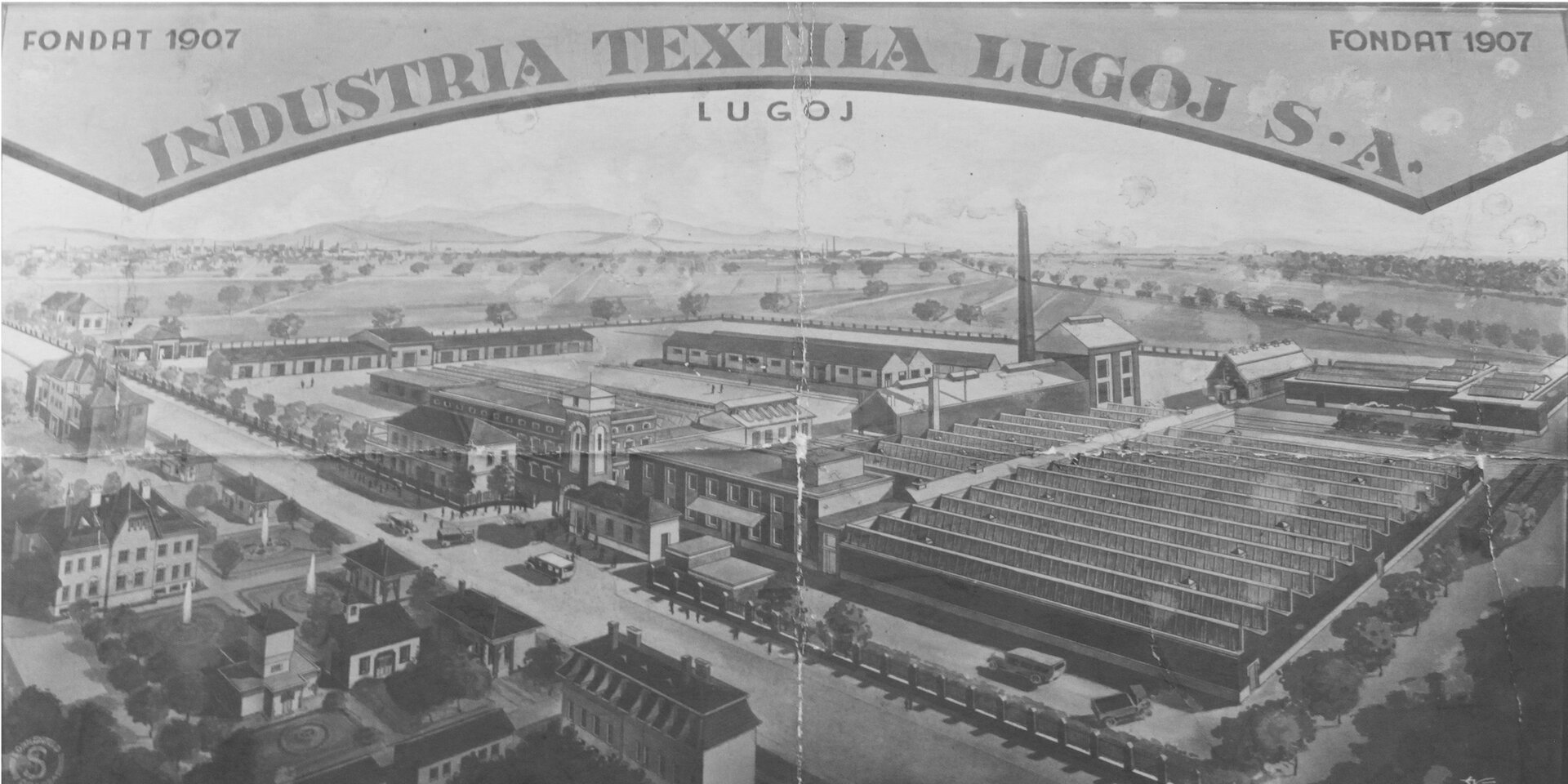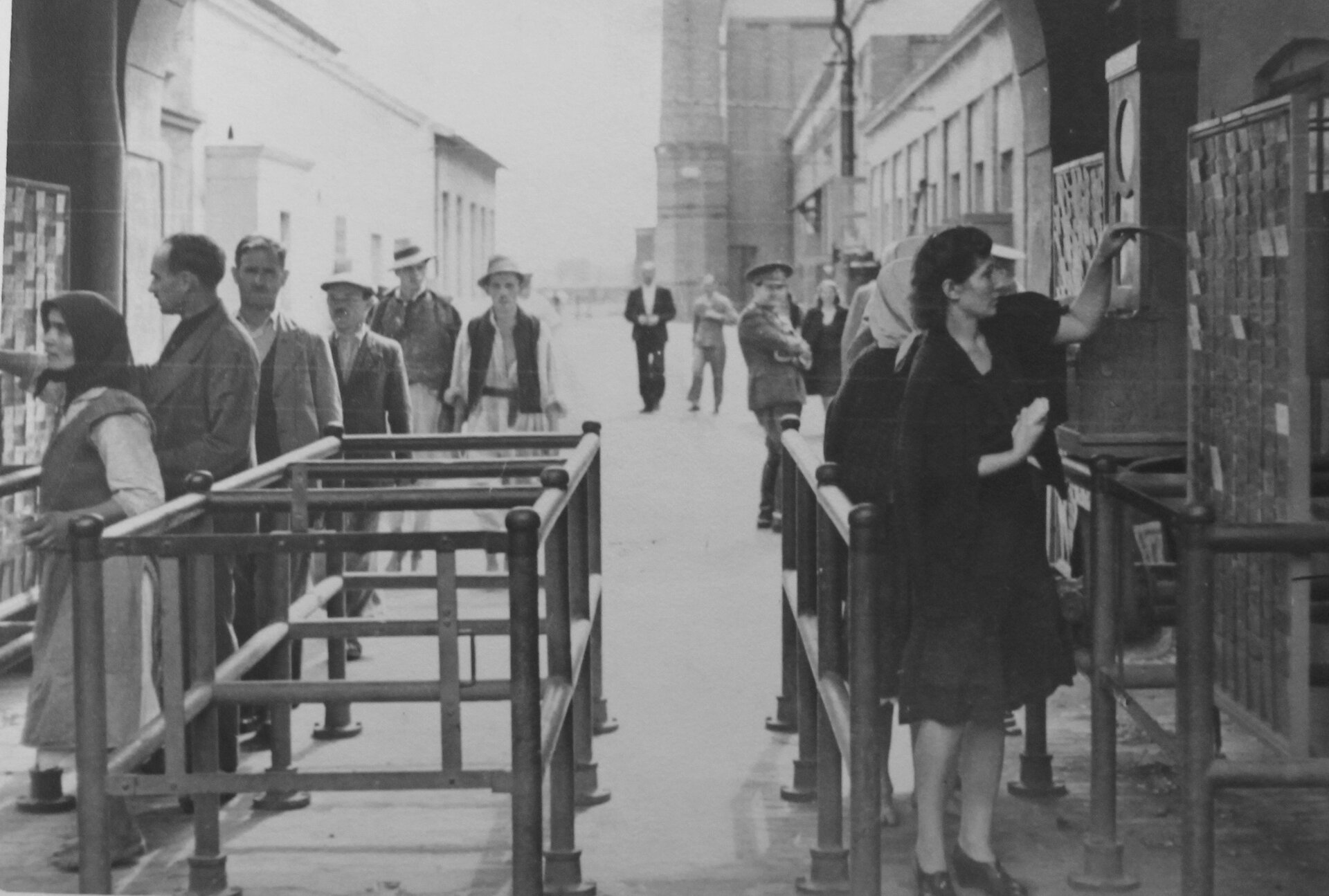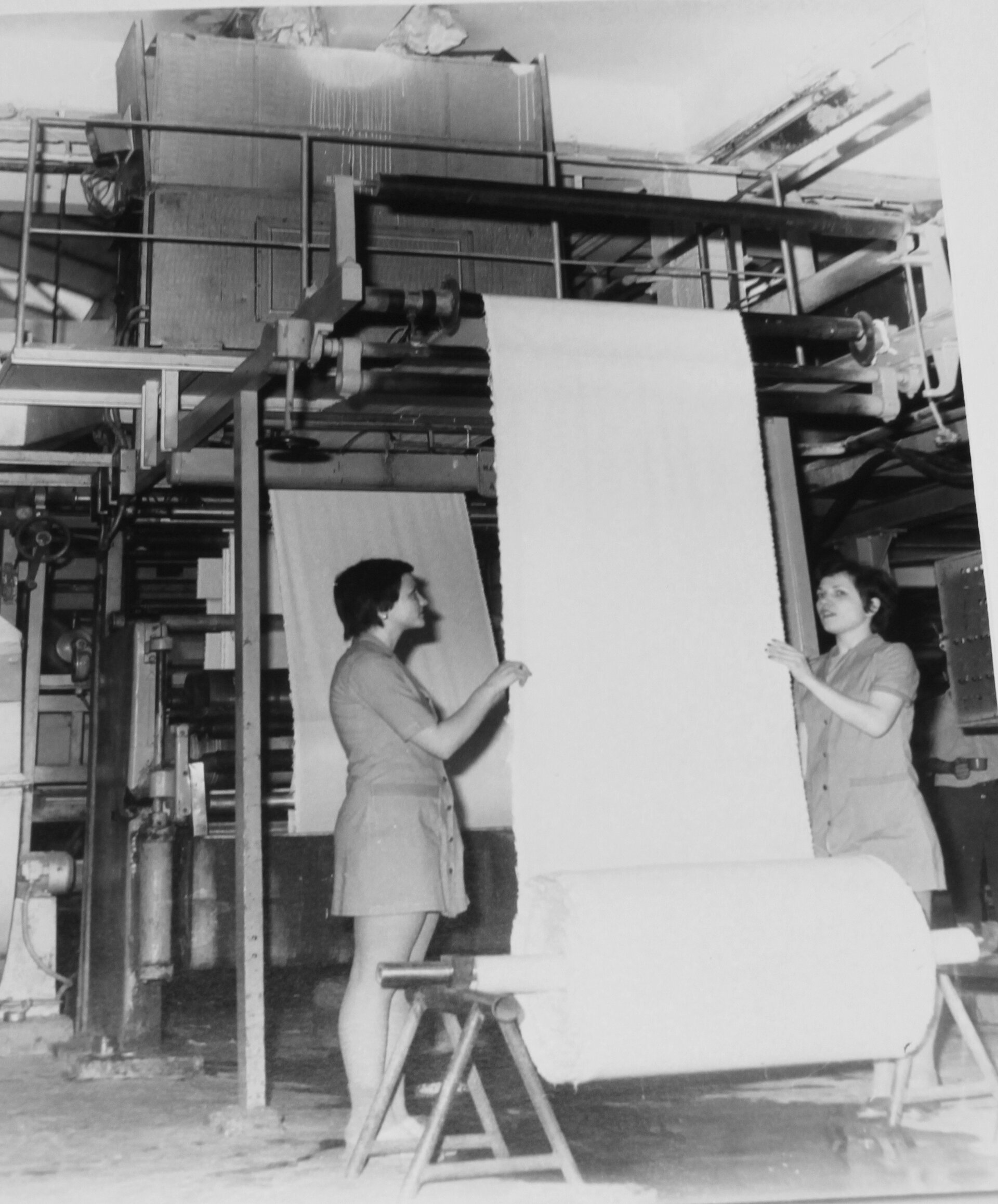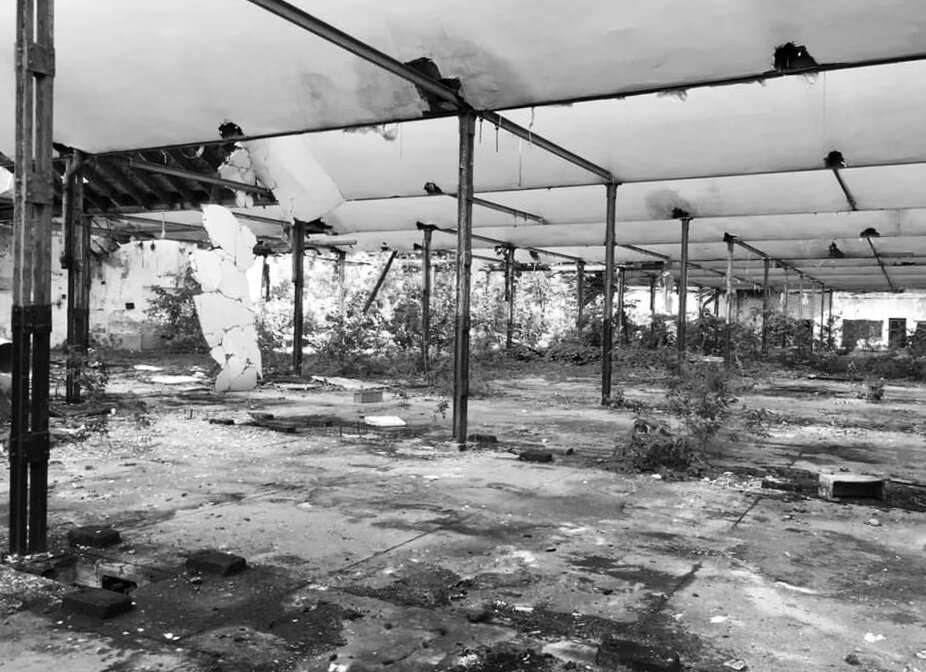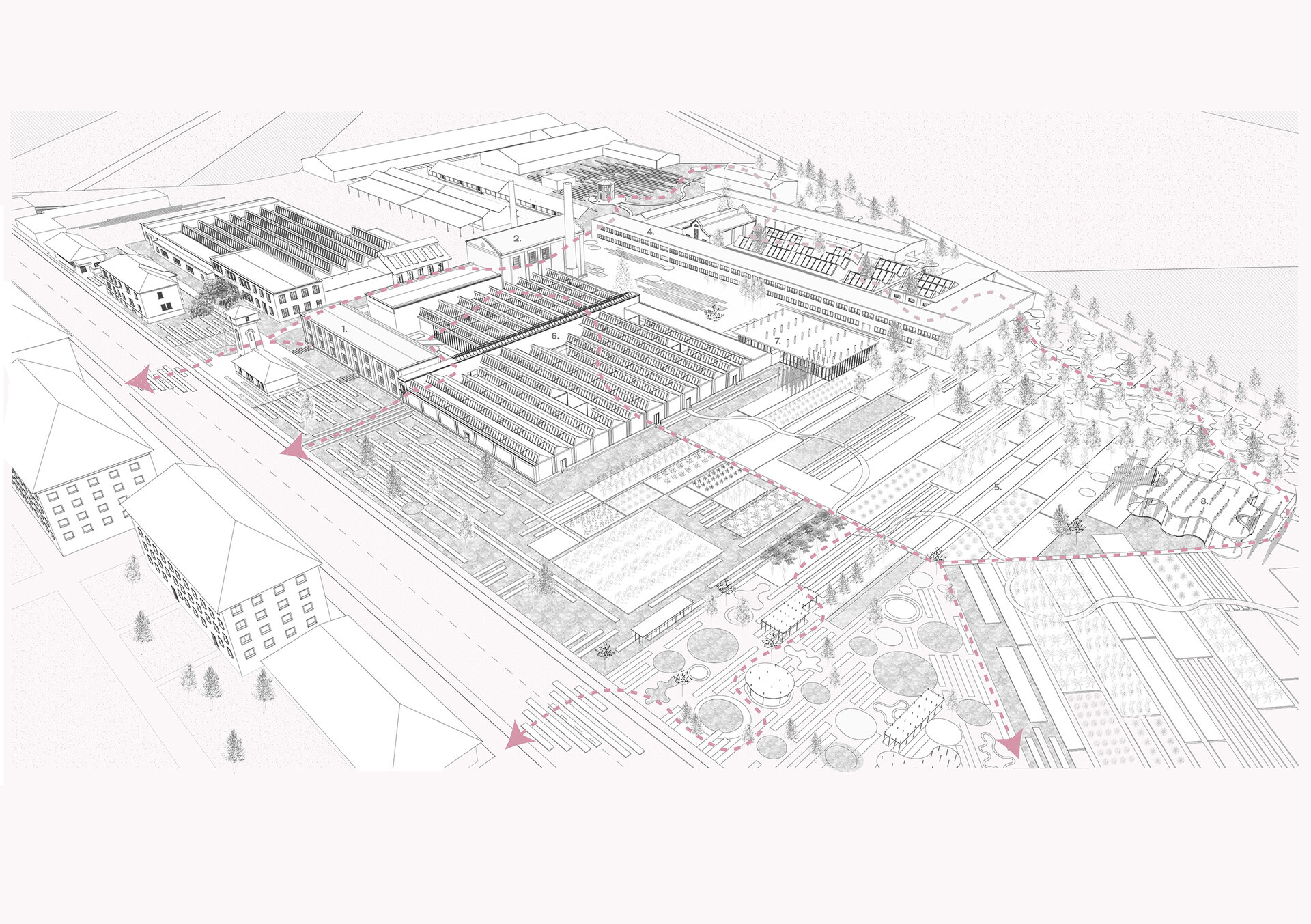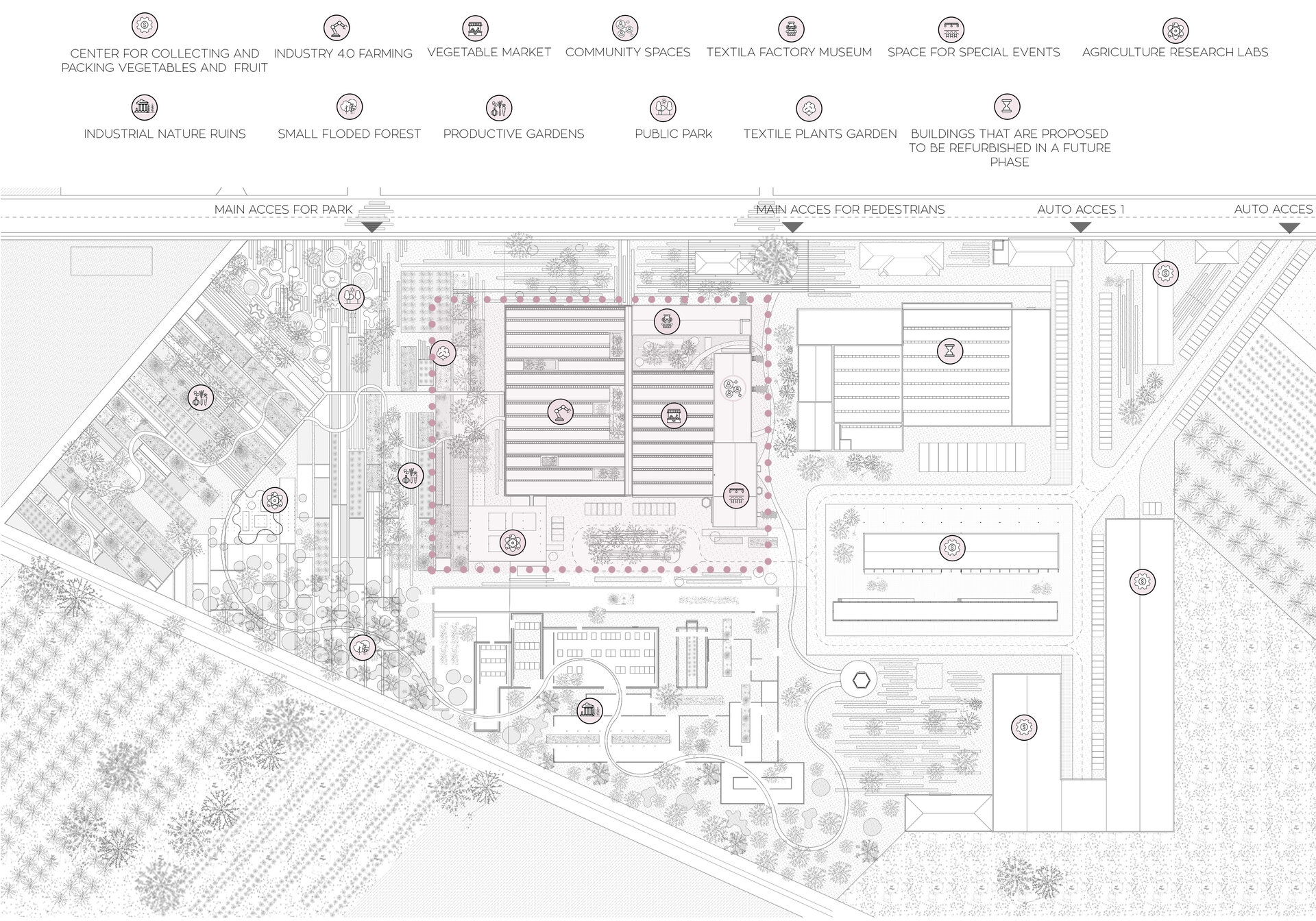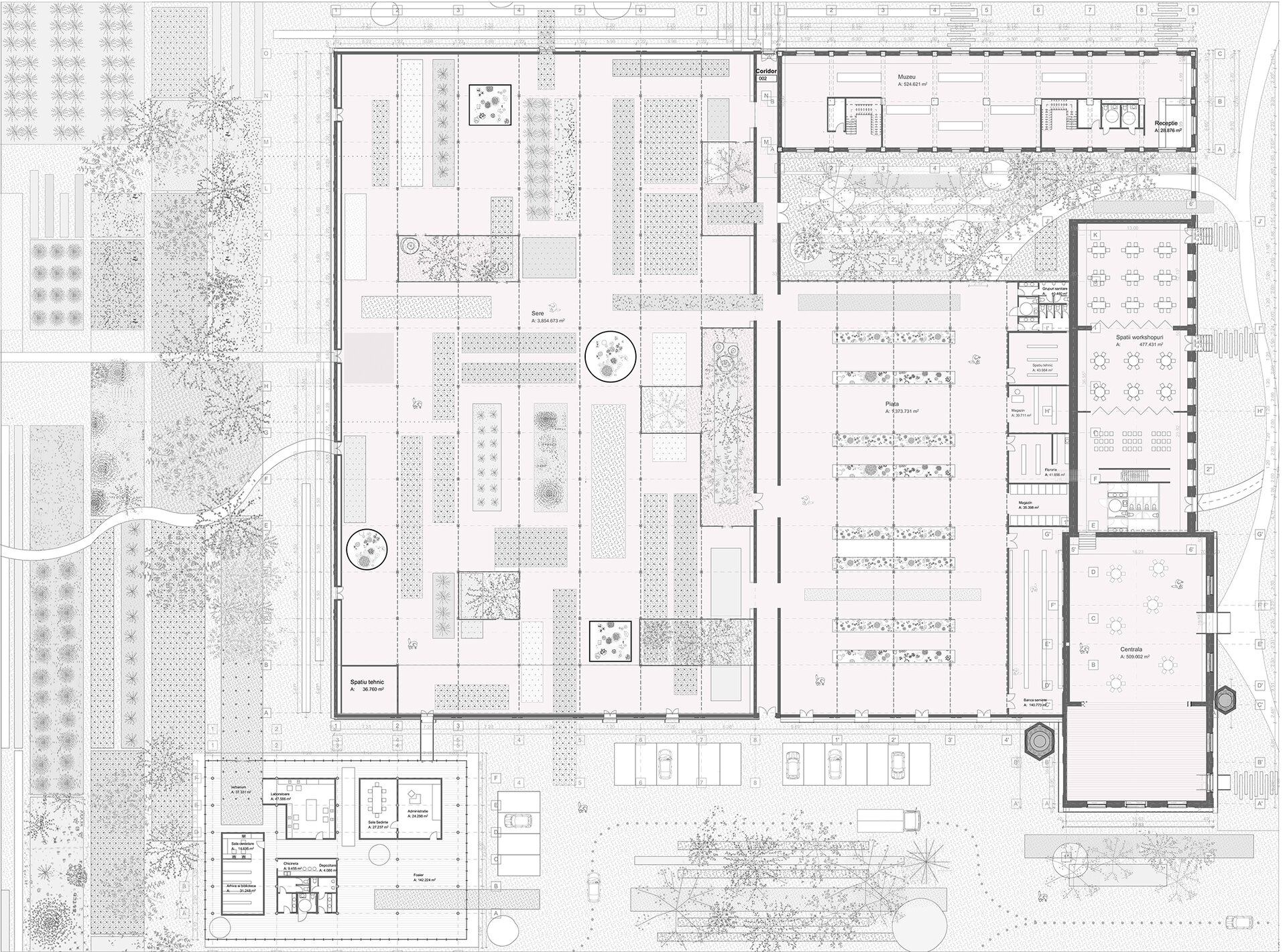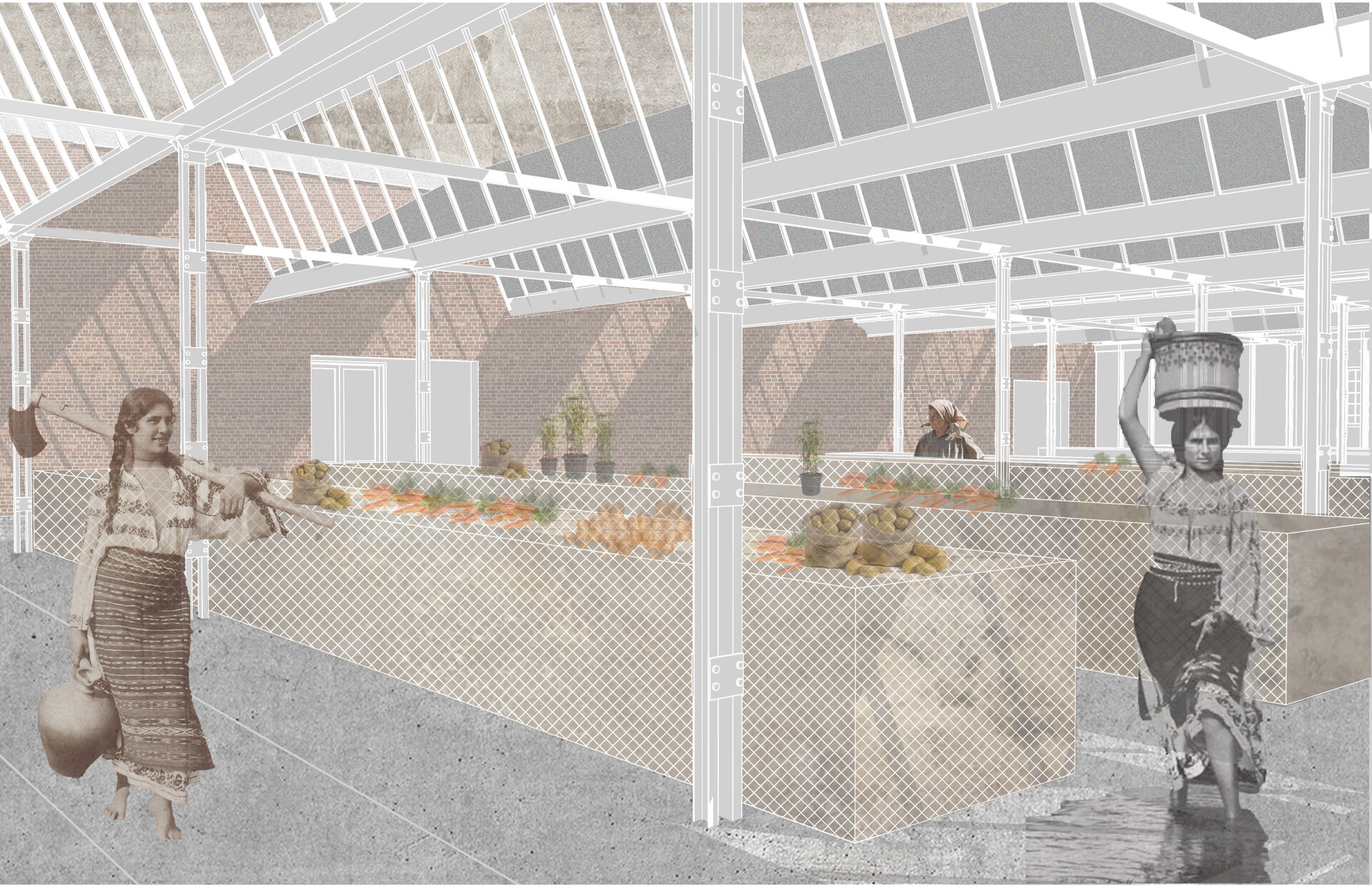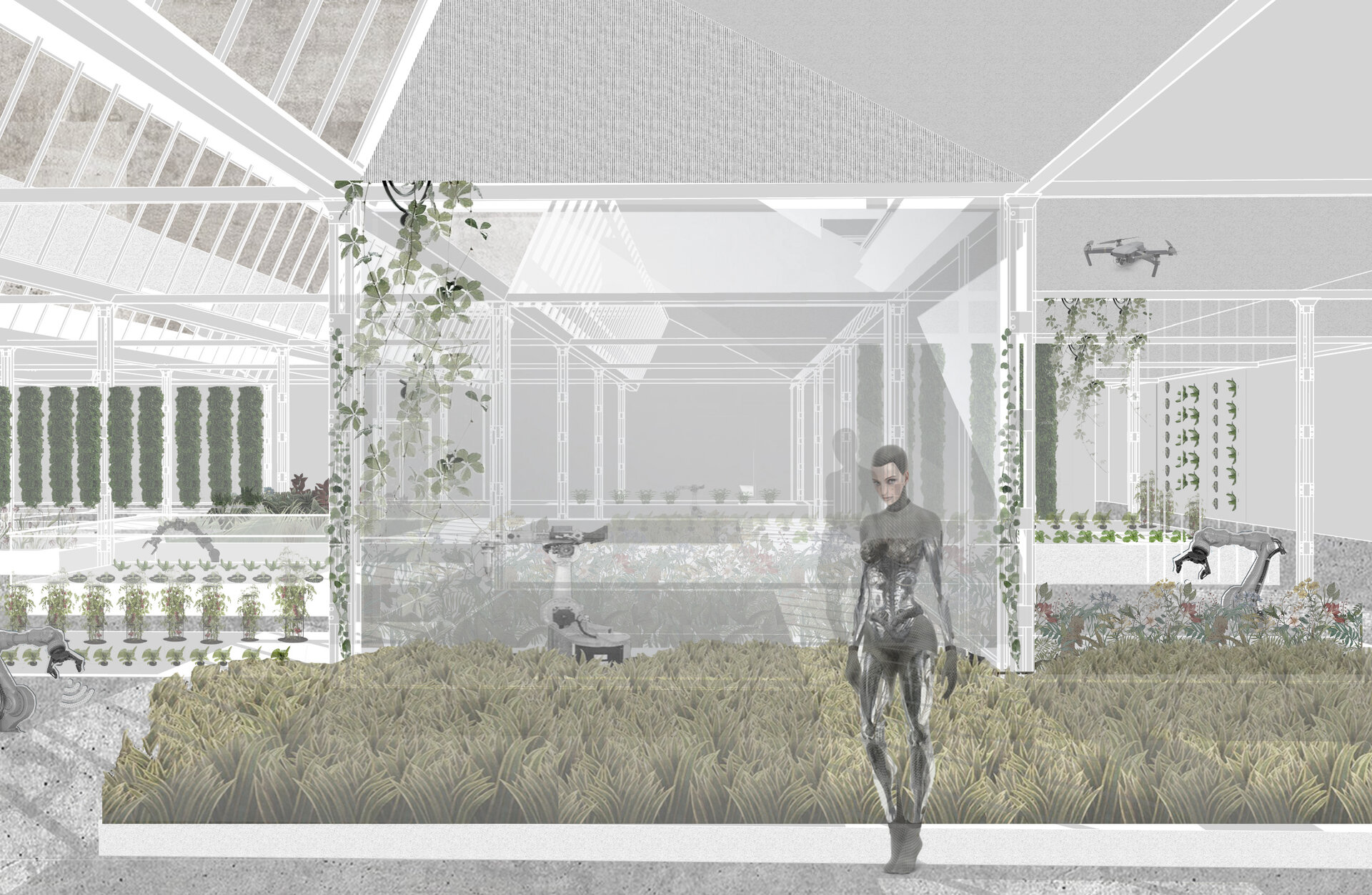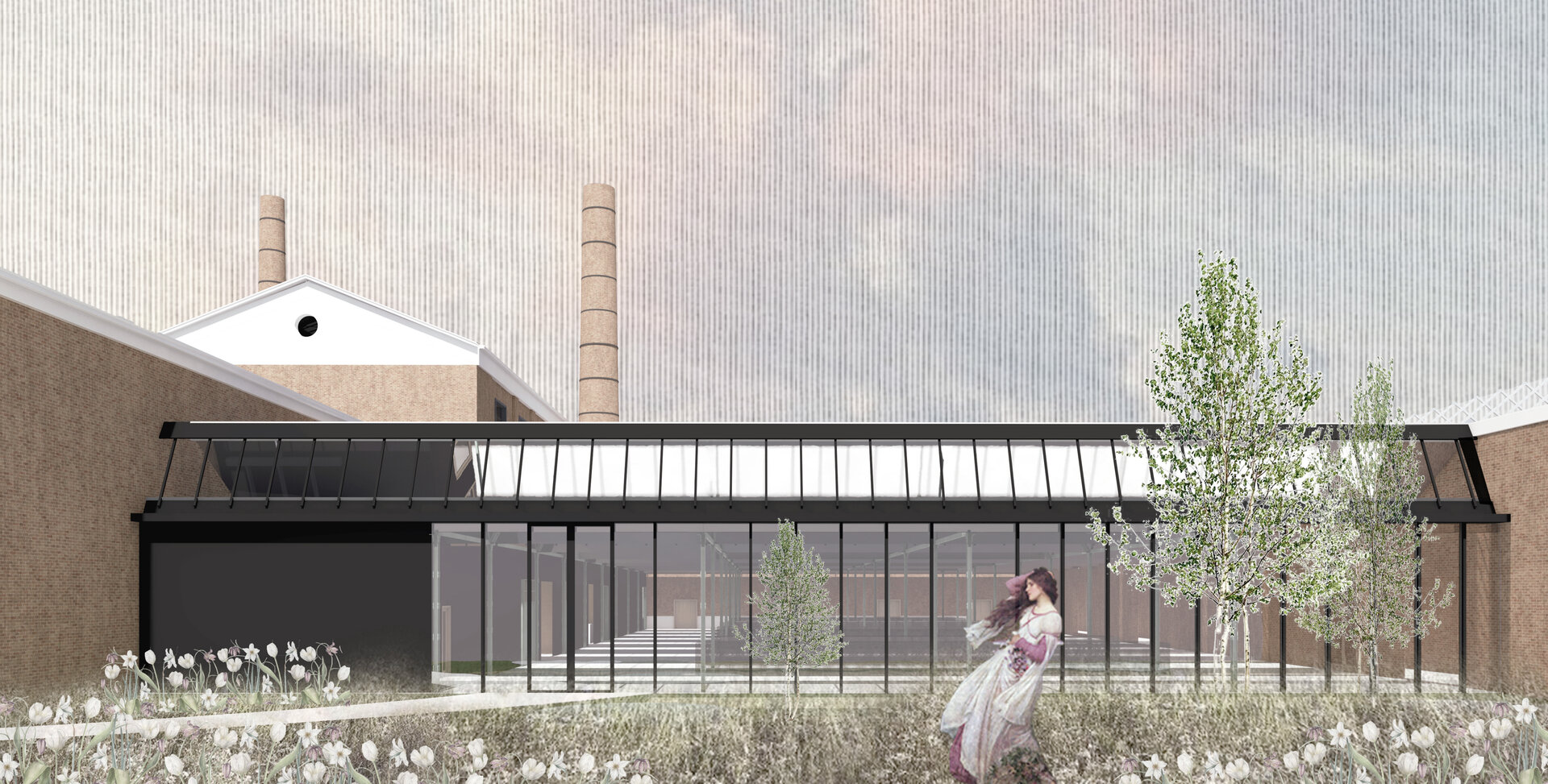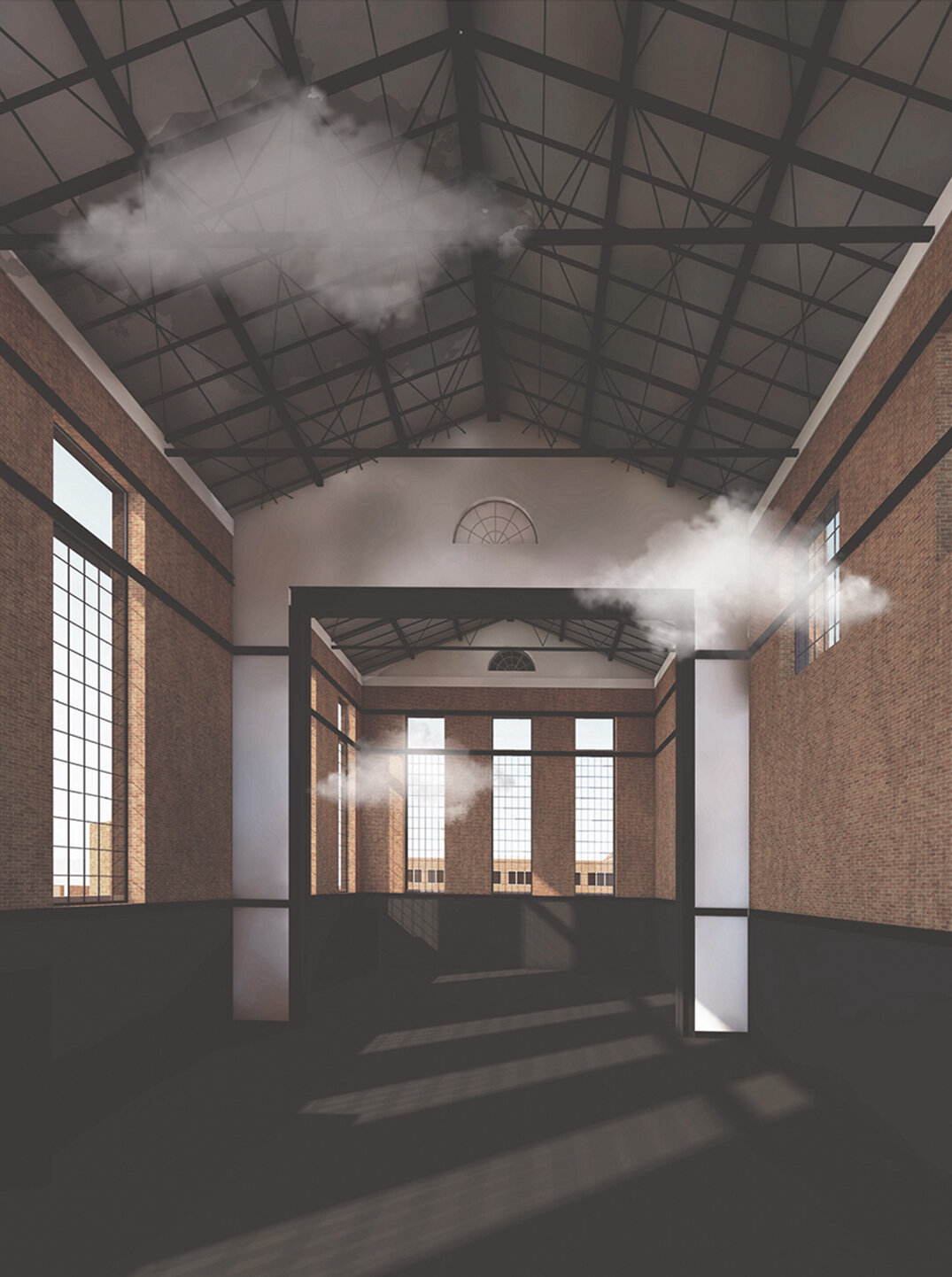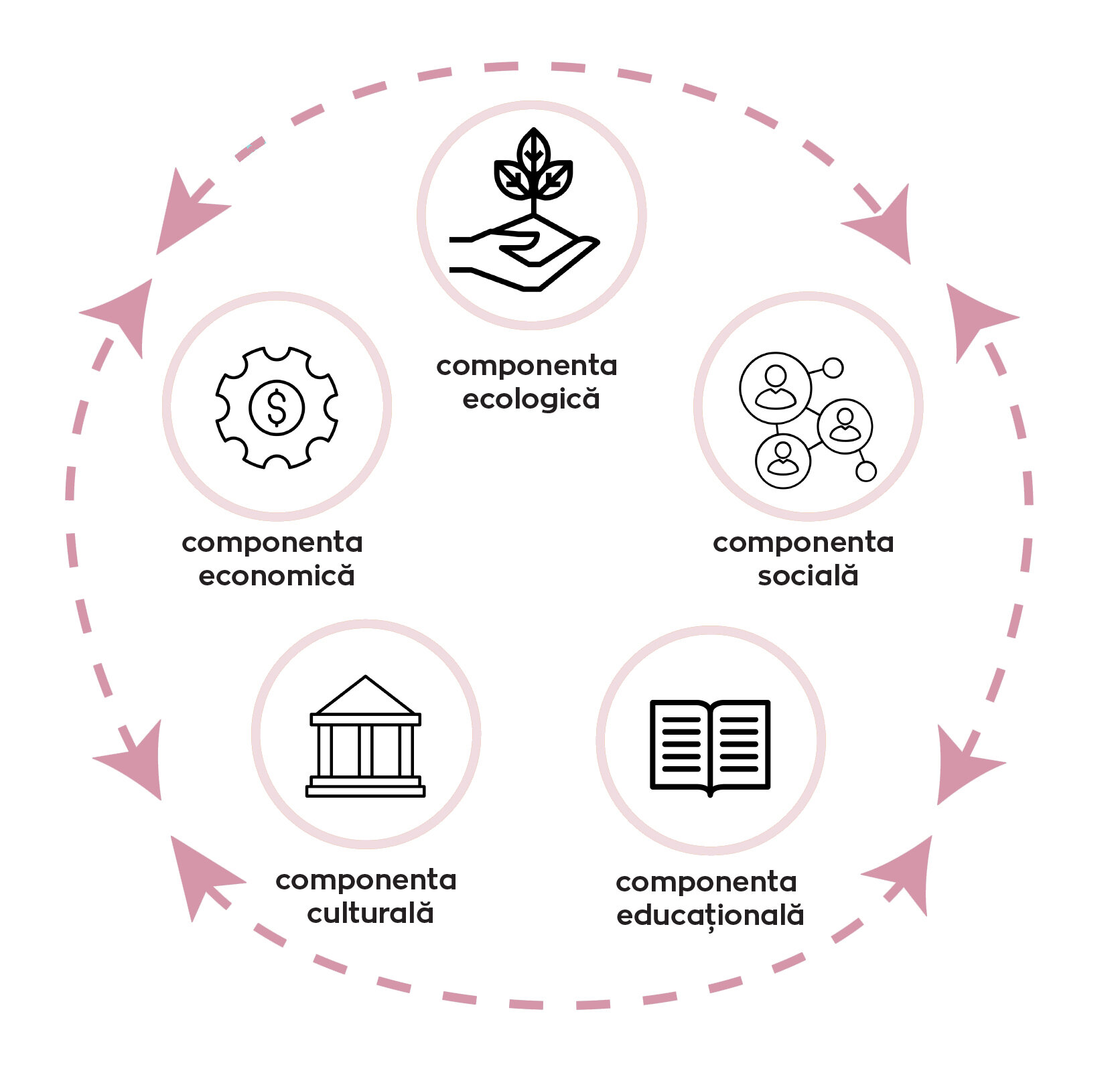
The regeneration of Textila Factory
Authors’ Comment
The Lugoj Textile Factory was opened in 1907 by Wilhem Auspitz from Trieste. At the same time a workers colony started to be established opposite the factory, which from the very beginning included many related functions such as a canteen, a nursery, a laundry. The factory experienced multiple stages of development, during the communist period having no less than 5,000 employees, thus becoming a landmark for the economy but also for the community and the culture of the city - the factory had an exhibition space and organized numerous cultural events. After the 1990s, once the phenomenon of deindustrialization started, the factory began to become less and less profitable so that in the early 2000s as closed and started a process of increasing degradation.
The regeneration of the industrial site starts from the desire to develop a RESPONSIBLE strategy towards the community, the context and the natural environment. Thus, the strategy is based on 5 components: the economic, social, educational, cultural and ecological component. The strategy is materialized through the new proposed functions and spaces. One of the functions is a logistics center for the collection and packaging of fruits and vegetables, which has the role of relaunching the site from an economic point of view.This program is related to the new vegetable and fruit market and the experimental agriculture halls. The project proposes also a workshop space for the community, a Museum of the Textila factory and a multifunctional space that can accommodate large cultural events such as concerts, exhibitions, shows. In a later stage of the project an agriculture research center should be developed. The landscape project is divided into 5 gardens: The garden of the past - an Industrial Nature garden, populated with endangered plants from Romania; The Swamp Forest - an acacia and willow plantation, which acts as a buffer between the site and the railway behind it; The productive garden - agricultural gardens that can be "rented" by people who do not own a garden; The garden with textile plants - reminiscent of the function that generated the this place; Public Park- an outdoor public space, addressed to the community.
Thus, the project aims to reinvent the industrial heritage of the Textila factory in Lugoj, in a sustainable way, which meets the requirements of the present, which is always ready for future changes and which talks about its past.
- Beyond the ruin. The conversion of the former tobacco warehouse of Isaccea
- Balneo-physio-therapeutic recovery center. Extension of Sylva Villa, Băile Govora
- Shelter with dignity
- The Bucharest City Loop
- Fort 13 Jilava. Political repression museum and research center
- Activating industrial premises – Student Center
- Hotel at Capidava
- Palaeontology research and visitor center – Hațeg District
- Memorial for the jews of Bukovina
- Agri-Park on the Nikolics domain
- Johann Michael Haydn Music Institute
- Creative Industries Factory in London
- Urban Cistern, Amman
- Refunctionalization and extension of the former sanatorium for border guards, Herculane Baths. Centre for body-mind treatment and accomodation
- “Țara Hațegului” International UNESCO Geopark. Fragments. Territorial diversity path
- The Roundhouse: built heritage academy
- Equestrian center of recovery and leisure on the former racecourse of “Nicolae Romanescu” park
- House of Movement. Ballet school and performing arts center in Bucharest
- Lacustrine Resort. The Danube River at Corabia
- Ludoteca
- Extension of the Baths ensamble, Băile Govora
- Drama Memorial
- New Public Architecture as Infill in Historical Context, Bucharest
- ECORIUM Local ecosystem research center
- Artist in Residence – Nae Petrescu Houses – Plantelor Street No. 56-58
- Extention of Public School of Arts and Crafts
- The Castle with Unicorns. Reactivation through school, arts and crafts of the Kornis Castle Ensemble in Mănăstirea Village
- House of games
- A New City Center – Conversion of the Pozzi Ceramic Factory, Laveno, Italy
- Urban Revitalization – Calea Moșilor
- Archaeological cultural center in the Constanta Peninsula
- Lapidarium. Extension of “Vasile Pârvan” Institute of Archaeology, Bucharest
- Pavilion complex within the “Măgura” sculpture camp, Buzău
- Recovery, revitalisation and insertion. Creative hub
- Integration through co-presence – Câmpulung Cultural Center
- C.U.B. Urban revitalization through social inclusion and cultural diversity
- Spatial Connections and Functional Conversion of Customs Warehouse, Bucharest
- ARTnEST – Performing Arts Center on Calea Victoriei
- Trauma and continuity – National Jewish museum, Victory Square, Bucharest
- Technological transformation hub
- The Enchanted Gardens of Ada Kaleh
- The revitalization of the Filipescu Park, Cultural Park Filipescu
- Terry Winery, Dragasani
- Mixed-function tower building (offices-hotel)
- Elca Market Square, Craiova
- The regeneration of Textila Factory
- Via Golden Quadrilateral. C Area. The Flow of Memory in Buciuman Cultural Landscape
